Let’s talk about voice in fiction. Sometimes what’s meant by voice is the author’s style. Think of Hemingway, Joyce, Nabokov, Faulkner, Graham Greene, Virginia Woolf. Their styles are so much their own voices that they changed the way we read fiction. And then there is the voice of a particular novel, which often means an idiosyncratic first-person narrative. Think of The Catcher in the Rye, The Color Purple, Portnoy’s Complaint, Jane Eyre, or Lolita.
The Shepherd’s Hut, by the Australian author Tim Winton, belongs to that group of novels remarkable for their narrator’s voice. Consider the opening sentences: “When I hit the bitumen and get that smooth grey rumble going under me everything’s hell different. Like I’m in a fresh new world all slick and flat and easy. Even with the engine working up a howl and the wind flogging in the window sounds are real soft and pillowy.” The speaker is teenager Jaxie Clackton. His mother is dead and his father — Captain Wankbag, he calls him — is an abusive drunk. When his father is killed in a freak accident, Jaxie takes off on foot, thinking the constabulary will come after him believing that he killed his father to escape his beatings. His goal is to disappear for a while until he can rendezvous with his paramour, Lee. This romance may or may not be made of air castle.
“There’s a sad feeling,” Jaxie says, “in a place people have just walked out of and left behind. Could be only me thinks shit like this. And you could probably say there’s plenty houses feel just as sad with people still in them. God knows our place was one of them for sure.”

The landscape over which Jaxie travels is barren and uninviting. Winton’s prose — and storyline — is reminiscent of Cormac McCarthy’s. His nimble sentences wield an irresistible power that seems like literary legerdemain. Jaxie’s peripatetic tale is harrowing, though humorous in places, and a coming of age saga like no other. He says, “I been through fire to get here. I seen things and done things and had shit done to me you couldn’t barely credit. So be happy for me. And for fucksake don’t get in my way.”
Along the way, Jaxie stumbles upon another exile, a seemingly cracked, elderly Irishman named Fintan MacGillis. Fintan lives in a remote corner of the saltlands, all by himself except for the unseen companions he is constantly chatting with. The mysterious Fintan — only some of his checkered past is revealed, and I won’t give it away here — will become mentor, enemy, friend, adversary, protector, and protectee. Their relationship is what shapes the second half of the book. Jaxie says, “He was from Ireland where it’s green and rainy and people believe in fairies. He said the Irish don’t believe in the church anymore and they had a right not to, but they still believe in the little people and the Eeyou.”
The latter part of the novel is where the narrative really gets its footing and the slow burn of the opening chapters changes to a high-octane thriller. Here Jaxie’s crude, profane, mordant voice — and Winton’s masterful control of it — meld with the tale’s surprising but inevitably bleak path. “Our stories. We store them where moth and rust destroy,” he says.
Tim Winton is one of Australia’s most revered writers. He is the author of many novels, story collections, and works of nonfiction. He’s been short-listed for the Man Booker Prize, and his 2008 novel, Breath, was made into a feature film. This newest novel — expect another Booker Prize short-listing, at least — is as powerful as anything he’s written. There is a feral music to Winton’s style, not just here but in all his books, that is somewhat reminiscent not only of Cormac McCarthy but of the wild Glaswegian, James Kelman. Winton, here, has created a seductive articulation for his adolescent protagonist that is as intoxicating as Kelman’s stream-of-consciousness voice in his Booker Prize winner, How Late It Was, How Late. Young Jaxie Clackton — you’ll want to follow him anywhere, even into the burning hell of his self-imposed expatriation.


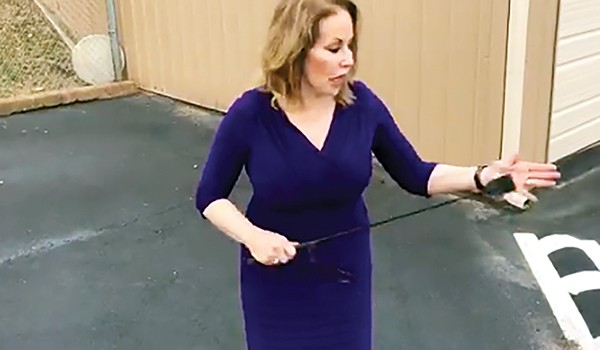
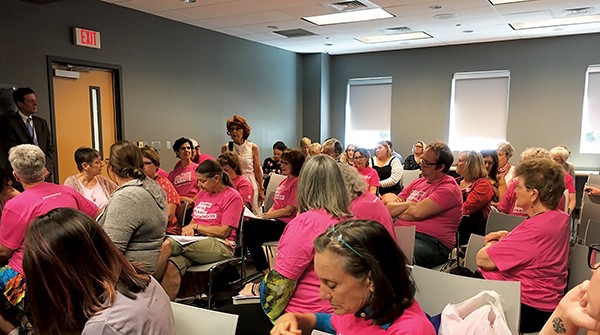 PPTNM
PPTNM  Latino Memphis/Facebook
Latino Memphis/Facebook 
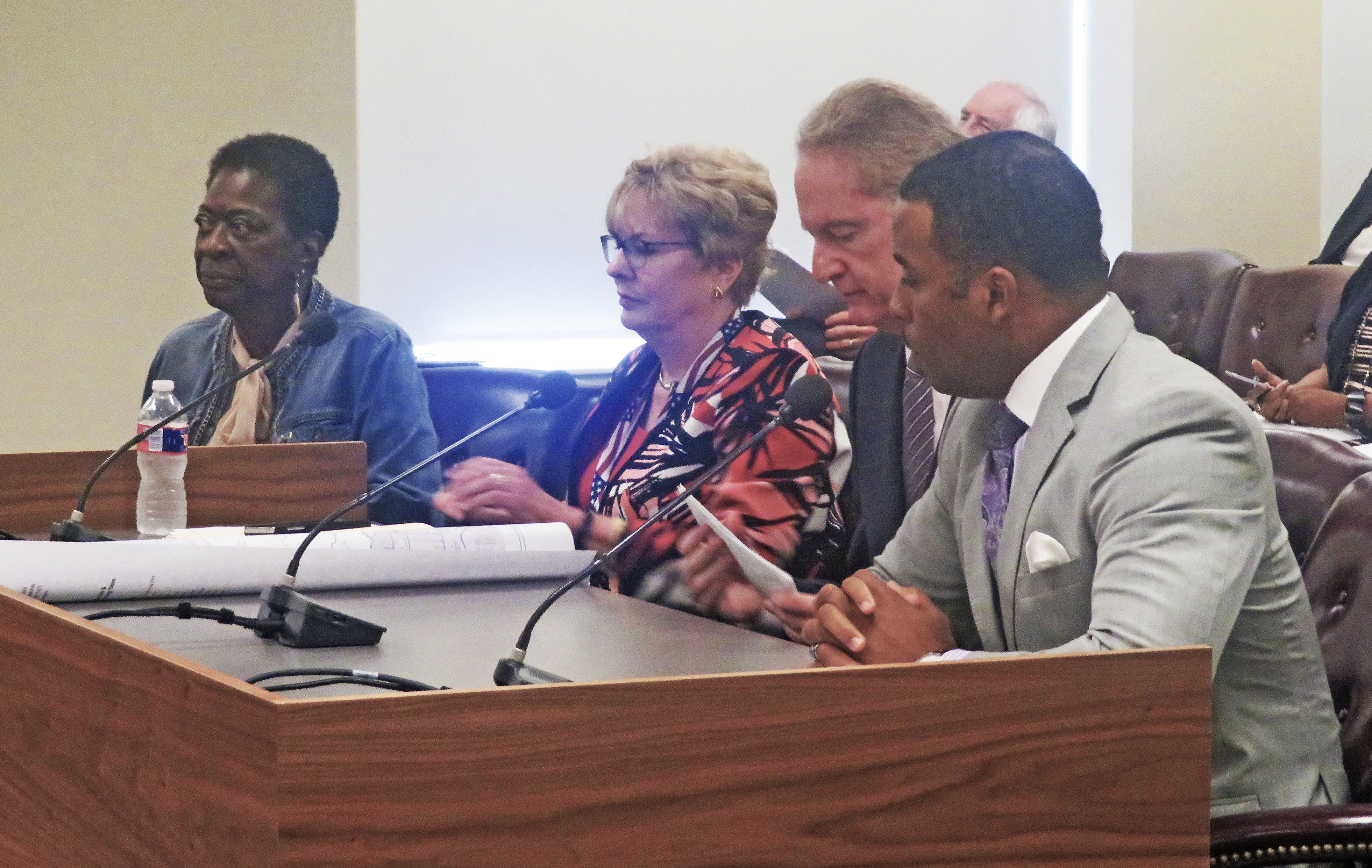 JB
JB 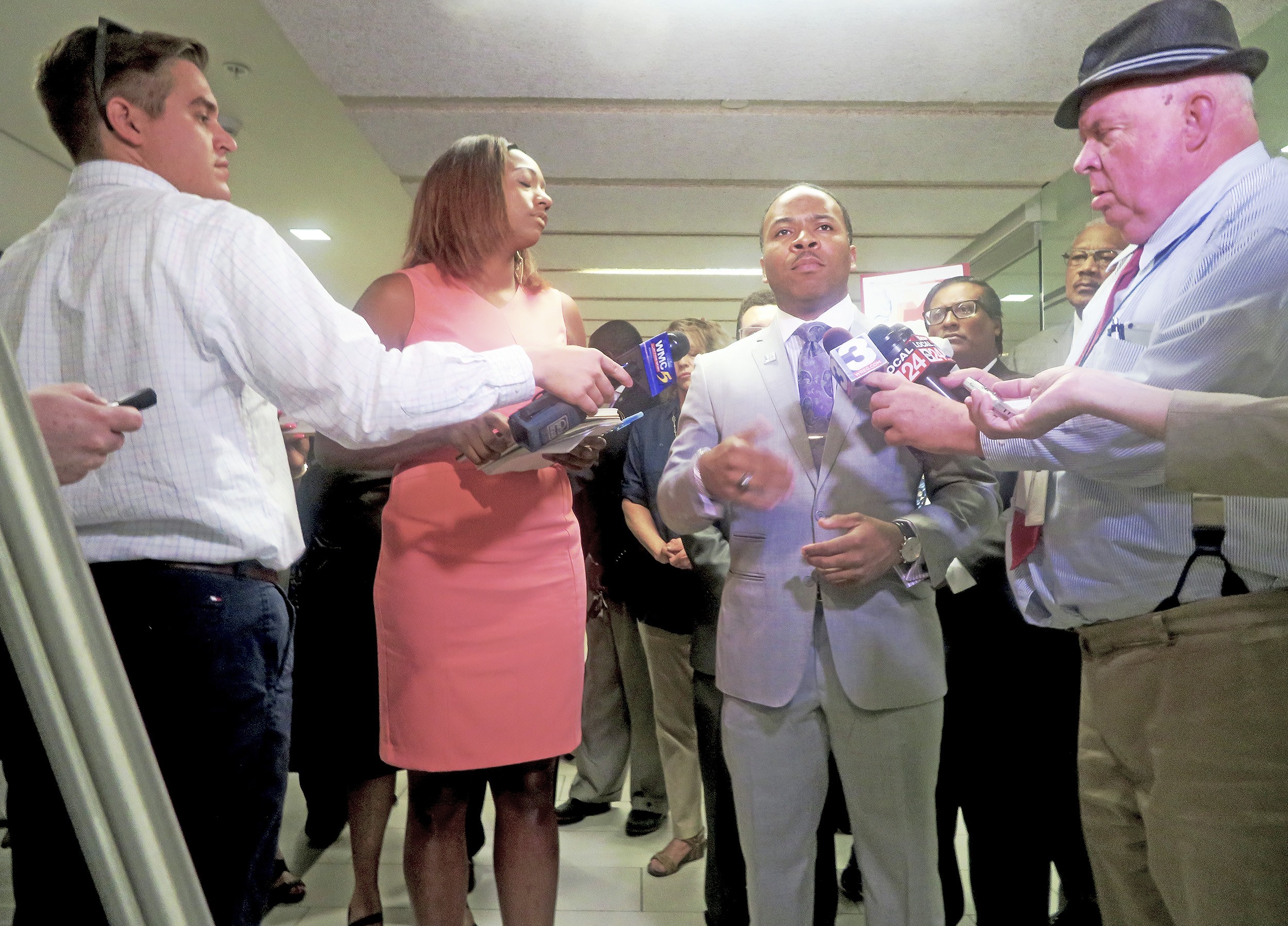 JB
JB 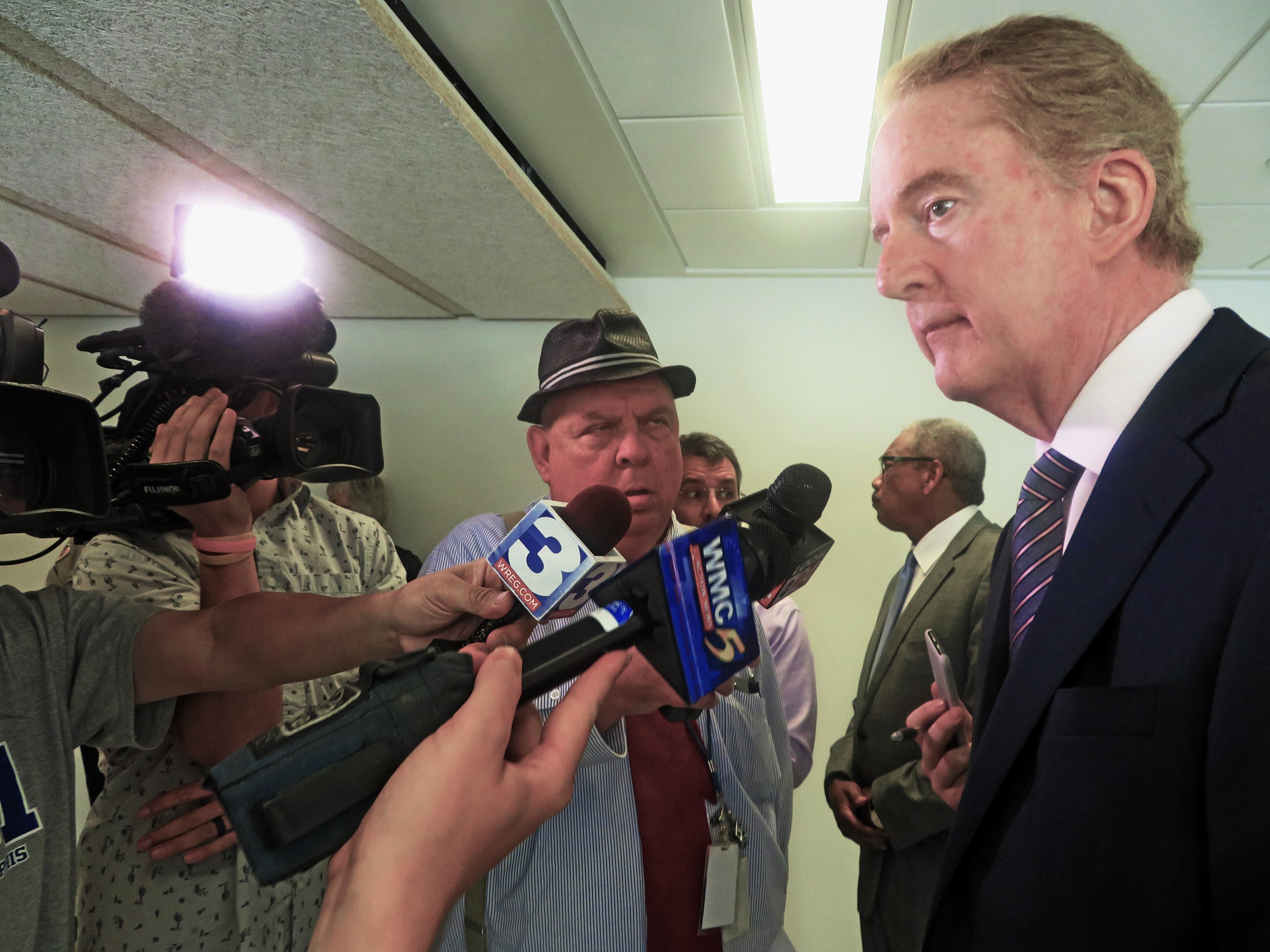 JB
JB 
 Facebook- Paint Memphis
Facebook- Paint Memphis  Justin Fox Burks
Justin Fox Burks